#florence balcombe
Text
Midnight Pals: Florence Balcombe
Bram Stoker: guys, i want you to meet my girlfriend Florence Balcombe
King:
Lovecraft:
Koontz:
Poe:
Barker: girlfriend huh
Poe: clive
Balcombe: yeah bram is so much better than my last boyfriend
Balcombe: oscar wilde
King:
Lovecraft:
Poe:
Koontz:
Barker:
Barker: your last boyfriend was oscar wilde?
Poe: clive
Balcombe: yeah
Barker: and now you're dating bram stoker?
Poe: clive
Barker: oh you sure know how to pick em honey
Poe: CLIVE
Balcombe: yeah i dated oscar wilde
Balcombe: and then bram stoker
Balcombe: what can i say? i'm just a sucker for men who have a certain distracted, disinterested quality in bed
King:
Koontz:
Barker:
Lovecraft:
Poe:
Edward Lee: bro bro
Lee: you got with florence balcombe bro?
Lee: you know she's a celebrated beauty bro
Lee: you gotta tell me what its like bro
Stoker: oh a gentleman doesn't kiss and tell
Lee: c'mon bro
Lee: bro
Lee: i'm dyin bro
Lee: c'mon bro you gotta tell
Stoker: well we don't do any of that weird sex stuff if that's what you're asking
Balcombe: what about when you made me put on a big fake beard and read Leaves of Grass to you
Stoker: that wasn't a sex thing!
King: so you broke up with oscar wilde? i can't imagine why you would do that, he's so funny
Balcombe: yeah well
King: he's like basically the wittiest guy in the world
Balcombe: yeah well that gets old fast
Oscar Wilde: hey guys, working hard or hardly working? hahaha
Oscar Wilde: hey guys here's another patented oscar wilde bon mot for you
Wilde: what do you get when a bird flies into a fan?
Barker: boooooo
Wilde: shredded tw-
Wilde: I'M NOT DONE YET
Barker: boooooo
Barker: get off the stage
King: i don't know what your problem is clive, this guy's a laugh riot! i'm dying!
Oscar Wilde: hi dying, i'm oscar wilde
King: ah ha ha ha!!
King: where does he come up with these things?
Wilde: hey hey
Wilde: you're gonna love this one
Wilde: pull my finger
#midnight pals#the midnight society#midnight society#stephen king#clive barker#edgar allan poe#dean koontz#hp lovecraft#bram stoker#oscar wilde#edward lee#florence balcombe
224 notes
·
View notes
Text
#OTD in 1912 – Death of Bram Stoker, the Dublin born writer who created Dracula.
Death of novelist Bram Stoker, author of Dracula which was first published in 1897. Born in Dublin, Stoker was bed-ridden for much of his childhood, but lived a relatively healthy life during his adulthood.
Educated at Trinity College, he moved to London in 1878 and married actress Florence Balcombe. Dracula received some praise on its publication. It was not until the movie Dracula, starring…
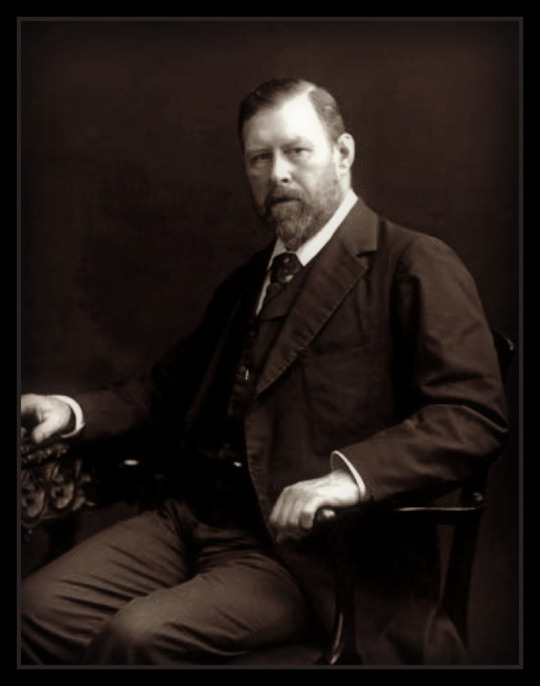
View On WordPress
#Bela Lugosi#Bram Stoker#Creator#Dracula#Dublin#Florence Balcombe#Golders Green Crematorium#Ireland#London#Trinity College#Writer
15 notes
·
View notes
Text
i really don’t like digging into the personal background of people, but the whole bram stoker-florence balcombe-oscare wilde courting, fighting, marriage thing is messy on many levels, even without knowing those two guys where gay.
1 note
·
View note
Text
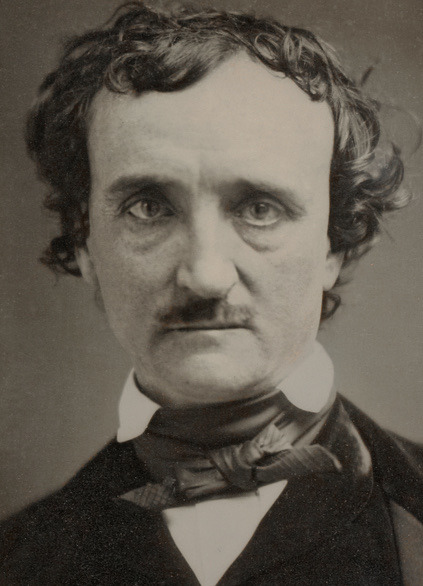
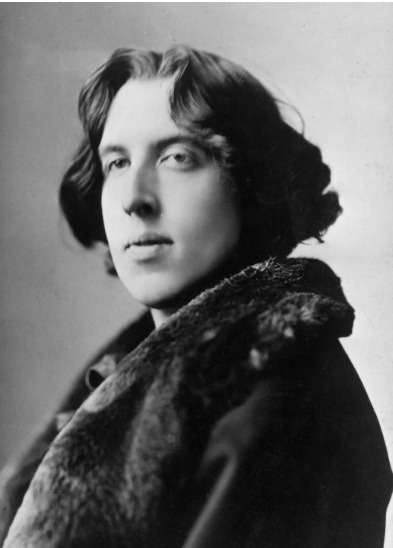
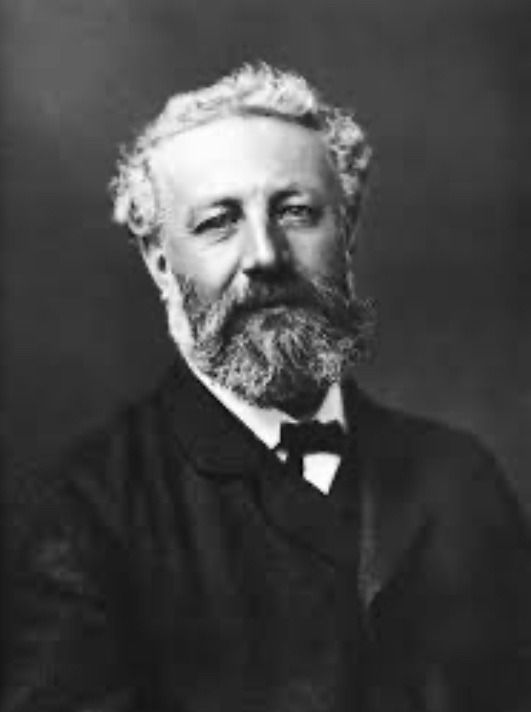
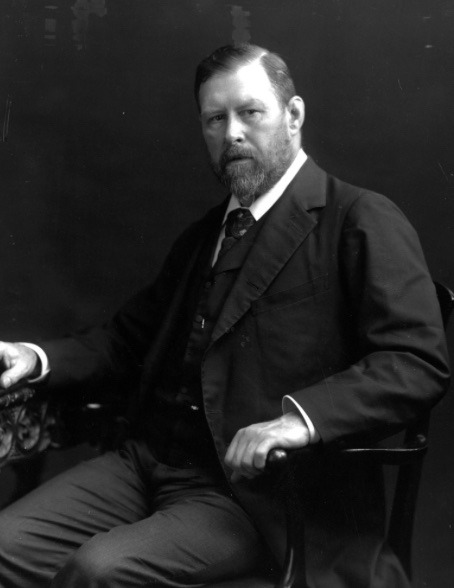
Creepy uncle • gay cousin • favorite grandfather • husband
In other news: Stoker was besties w/ Wilde but „stole“ his girl to marry her and love her until he died ?
#edgar allan poe#oscar wilde#jules verne#bram stoker#bram stocker's dracula#dracula daily#re: dracula#bookclub aftercare#the more you know#florence balcombe
0 notes
Text
I love reading about contemporary folks because sometimes you get the biggest plot twists irl. Call me an ignorant, but I was reading about Oscar Wilde and discovered that he fell for Florence Balcombe (a total hottie), which was already a plot twist because I assumed he never showed any interest in women.
But then she chose and went on to marry the Bram Stoker (who had met Wilde in his student days), and then she became famously known for fighting the makers of Nosferatu because they ripped off Dracula, which has homoerotic undertones in itself, with no credit to her late husband. She wanted all copies and negatives burned.
Wild times.
#she sounds fascinating#or like byron and shelley being friends#i feel like an idiot for not knowing this like it's probably well known but I'm just uneducated and dumb#tags:#oscar wilde#florence balcombe#bram stoker#dracula#the tea#nosferatu
1 note
·
View note
Text
struggling to remember my dracula facts from five years ago but I'm fairly certain Mina's attitude to women being the ones to propose is a Stoker inside joke about his wife being the one to propose to him
#chill to reblog#dont have time to dig up old references rn so take that with a grain of salt#but i think that's the goss#daily dracula#dracula daily#florence balcombe stoker is a legend actually and you should all know about her#the gold crucifix in dracula is rumoured to be based on the one oscar wilde gave her when they were courting
39 notes
·
View notes
Text


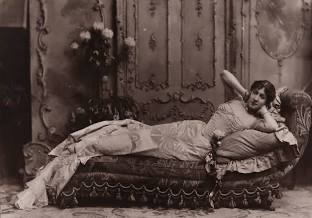
“Three tickets to Challengers please!”
• • •
What’s the context, baby?👇
Okay I know that this meme is kinda obscure and niche BUT the above photos are of Oscar Wilde (The Picture of Dorian Gray), Bram Stoker (Dracula), and Florence Balcombe. The three of them had a complicated and strange relationship with Florence first being Oscar Wilde’s beau until Stoker (a friend of Wildes) snatched her away from Wilde and married her all without Wilde or their friends knowing.
Wilde and Stoker had a homoerotic rivalry for much of their relationship in which they participated in triangulated homosocial relationships, vying for the attention of not one but TWO different people: Florence Balcombe and Sir Henry Irving (an idol of Wilde’s).
It is theorized that Stoker and Wilde’s relationship, as well as Wilde’s public trial after he was accused of sodomy, profoundly affected Stoker and his writing of Dracula. In fact, he wrote Dracula 1 month after Wilde was convicted.
Read more about the gay legacy of Dracula 👈
#monster fucker#monster lover#monster fudger#monster kink#terat0philliac#terato#monstrousdesire#monster#monstrousdesirestudy#exophelia#vampires are gay#dracula is bisexual#bram stokers dracula#bram stoker#Bram stoker was probably bisexual#dracula#vampires#oscar wilde#monster history#monsterfucking sex ed#monsterfucking research#research writing#gay#bisexual#challengers movie#sorry I can’t and won’t shut up about challengers
33 notes
·
View notes
Text
No deep thoughts on this, just rotating the idea of Lucy and her three suitors through the meta lens of (a) Bram Stoker and Oscar Wilde both courting Florence Balcombe, the most beautiful woman in Dublin in her time, and Stoker marrying her in the end, and (b) Stoker's possible jealousy over how close Henry Irving and William Frederick Cody, aka Buffalo Bill were, with Buffalo Bill very likely being the real person Quincey was based on in a similar way to Irving possibly being the inspiration for Dracula himself, and at the very least, Victorian readers would have thought of him when Quincey appears.
127 notes
·
View notes
Text
oh! just in case anyone was missing the context for the Joe Hills Lady Macbeth thing, it's drawn from a very early season nine stream where Joe was doing server mapping. we'd been through which hermit was which muppet (very important) (Cleo and Joe are the old men that heckle) and then we got on to who's who in a hermitcraft Shakespeare play. many options were thrown up, but the pinnacle of it all was Hermacbeth.
we have Joe as lady Macbeth and Cleo as lord Macbeth (Joe reasoned that their personalities would put them the other way round so he'd like a chance at whispering Cleo into regicide, for once). and we have the soup group as the weird sisters (boil boil toil and trouble), stirring the pot of fate between them.
this was all before the king arc, so you can imagine the excitement when a king presented himself to be macbethed by Joe and Cleo (and then Cleo placed on the throne). the brainrot, it's immense.
Macbeth is still swirling in the consciousness, though - Pearl collected a shulker called 'lady Macbeth's laundry' from Joe, and Cleo added Lady Macbeth the axolotl to their museum from the Empires village (probably also from Joe)
The tiny crown and the crastle are cleo's, but lady Macbeth is still there, a power behind the throne - royal letterer with an envenomed quill
(in other fun facts: the most famous lady Macbeth costume is Ellen Terry's (second best paid woman in Victorian Britain (after the Queen)). And the theatre manager for the lyceum theatre (where she worked) was Bram Stoker (Dracula author) (she called him 'ma' and she loved cats). Her costar was Henry Irving (first actor to ever be knighted), likely the guy that Stoker based Dracula off of. Oscar Wilde (of the very famous trial) once sent Ellen Terry a flower crown to make it less weird that he was also sending one to Florence Lemon Anne Balcombe Stoker (Author's wife) (who he'd also courted) (his courting gift was a gold crucifix) (visible in Dracula)). This doesn't really tie in. I just like that it links to the Dracula streams too
47 notes
·
View notes
Text

When Arthur sends a letter to Jack requesting him to find out what's wrong with Lucy, he sends it from the Albemarle Hotel in Piccadilly, London, not from his home in the Ring. Klinger has some interesting facts about the hotel:
At the corner of Albemarle Street, in Piccadilly. The 1896 London “Baedeker” characterizes it as “largely patronized by royalty, the diplomatic corps, and the nobility: excellent wine and cuisine.” Oscar Wilde reportedly dined there frequently – perhaps once too often, for Edward Shelley testified in Wilde’s libel trail about a dinner there that was a prelude to an invitation to Wilde’s bedroom. Curiously, that dinner occurred on the opening night of Wilde’s play Lady Windermere’s Fan (20 February 1892), a performance attended by Wilde’s old flame Florence Balcombe, by then married to Bram Stoker. Wilde again stayed at the hotel from 1 to 17 January 1893, with frequent visits from young men; according to his biographer Richard Ellmann, “[Wilde’s] behavior was sufficiently dubious for the proprietor to welcome his departure” (Oscar Wilde).
To me this is an extremely interesting coincidence! I also wonder if, the name is related to the Albemarle Club, which was a progressive club at the time that Wilde was a member of.
In anyway, to anyone writing Dorian Gray/Dracula crossovers, you can now imagine Arthur Holmwood and Henry Wotton having had parties or dinners there!
60 notes
·
View notes
Text
“Bram Stoker obviously meant that they married offscreen women, but it’s fun to imagine them marrying each other! :)”
Bram Stoker married Florence Balcombe, one of the most beautiful woman in Dublin, and had a practically sexless marriage with her. Bram Stoker based Dracula at least in part on Henry Irving, who he was madly devoted to in a way that made other people feel weird. Bram Stoker sent Walt Whitman a letter containing his height, weight when naked, a physical description, how much he loved to read his poems by the seaside, and called him the wife to his soul.
Just sayin’.
144 notes
·
View notes
Text
#OTD in 1847 – Birth of author of Dracula, Bram Stoker, in Dublin.
“We learn from failure, not from success.” –Bram Stoker
Stoker published his masterpiece, Dracula, in 1897. Deemed a classic horror novel not long after its release, Dracula has continued to garner acclaim for more than a century, inspiring the creation of hundreds of film, theatrical and literary adaptations. In addition to Dracula, Stoker published more than a dozen novels before his death in…
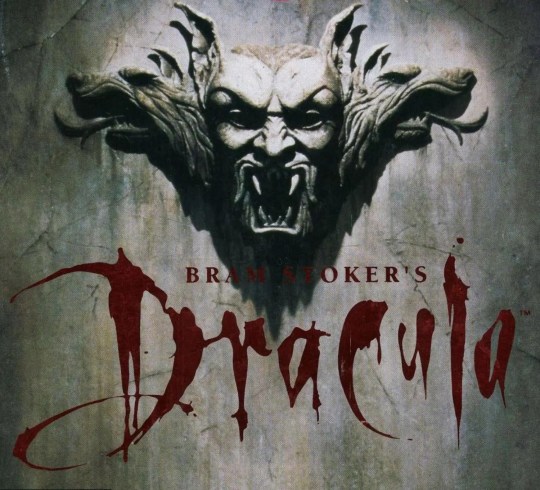
View On WordPress
#Author#Bram Stoker#Dracula#Dublin#England#Florence Balcombe#Golders Green Crematorium#Horror#Ireland#Irving Noel Thornley Stoker#Irving&039;s Lyceum Theatre#London#Oscar Wilde#Sheridan Le Fanu#Trinity College#Vampire
8 notes
·
View notes
Text
#unhallowedarts - "I spread it over centuries, and time is on my side" - Bram Stoker's Dracula
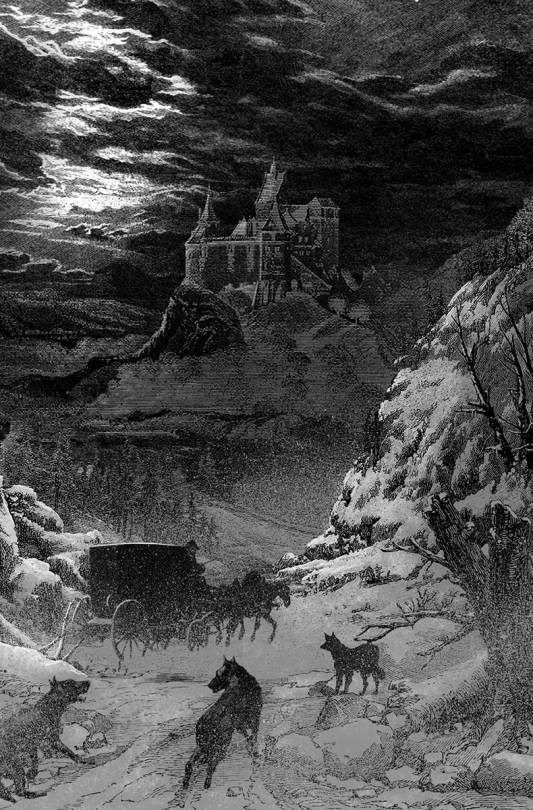
“You reason well, and your wit is bold, but you are too prejudiced. You do not let your eyes see nor your ears hear, and that which is outside your daily life is not of account to you. Do you not think that there are things which you cannot understand, and yet which are, that some people see things that others cannot? But there are things old and new which must not be contemplated by men's eyes, because they know, or think they know, some things which other men have told them. Ah, it is the fault of our science that it wants to explain all, and if it explain not, then it says there is nothing to explain. But yet we see around us every day the growth of new beliefs, which think themselves new, and which are yet but the old, which pretend to be young, like the fine ladies at the opera.“
(Bram Stoker “Dracula”)
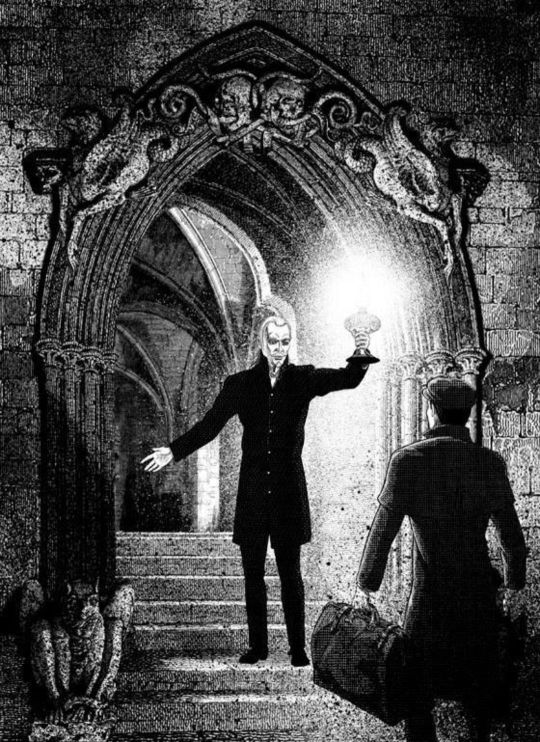
It was a indeed a dark and stormy night, the one in the year without Summer back in 1816, when the Shelleys, Byron and his physician John Polidori sat down to make pop culture history. Cut off from the world, bored witless and full to the brim with laudanum, his lordship challenged the gathered Romantic enfants perdu to lift the burden of ennui with telling ghost stories in the German fashion. And while both Byron and Shelley brought off rather nothing except consuming more narcotics that night, Mary famously began to write “Frankenstein” and Polidori engendered the other treasured dread, the aristocratic, suave, blood sucking king of the undead, the vampire. The myth itself was, of course, centuries old and only two generations before, a downright mass hysteria ran through Europe when repeated cases of vampirism were reported in the Balkans along the Austro-Turkish military border.
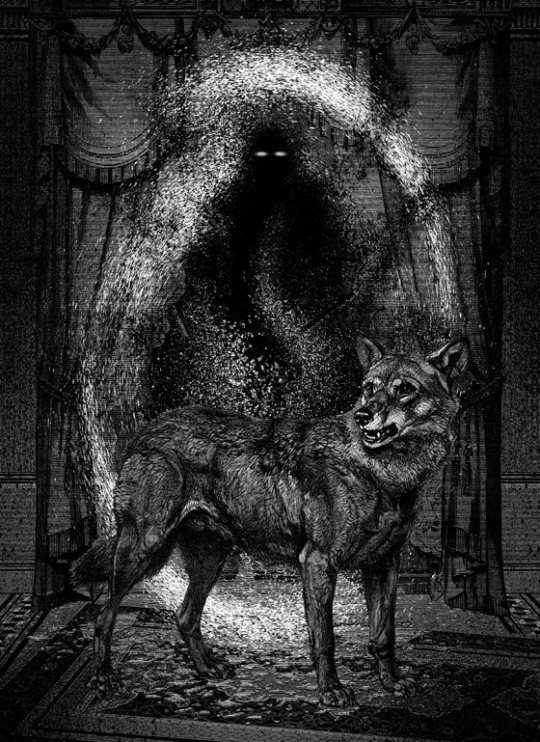
Polidori though took the revenant peasant prowling around his former home and sucking the blood of his family, clad him in evening attire and modelled him after the pattern of his employer into a Byronic hero. Polidori’s Lord Ruthven became the ancestor of the 19th and 20th century’s vampires that haunted the imaginations of countless readers and the pages of Gothic literature from the likes of Gogol and Merimee to the infamous penny dreadfuls. One of these featured a creature called “Varney the Vampire” who brought in the fangs and the tell-tale bite marks and Sheridan Le Fanu’s “Carmilla” from 1872 gave the myth the structure of a long dead noble á la Coleridge’s “Christabel” haunting a damsel in distress and a group of heroes bringing the creature to bay with the help of ancient lore and occult paraphernalia. The groundwork was laid and along came Bram Stoker.

As a child, Stoker was bedridden until the age of seven, rose as from the dead after his mysterious illness all of a sudden ceased, became a football star at college, graduated in mathematics and ended up a pen-pusher in Dublin Castle. Not satisfied with his lot, naturally, Stoker changed his career to theatre critic at the Dublin Evening Mail, owned by Sheridan Le Fanu, and attracted the attention of the famous actor Sir Henry Irving with a favourable review, the two became friends and Stoker followed Irving to become his manager. Meanwhile he had won the hand of Florence Balcombe, a celebrated beauty, courted by Stoker’s acquaintance form Trinity College Oscar Wilde as well as a host of other suitors. Stoker would bring these experiences into a literary form in his opus magnum “Dracula” with Sir Henry Irving acting as model for the undead count as Byron did for Polidori 80 years before.

Stoker had never been to Romania, during the 1890s a part of the Austro-Hungarian Empire, but he did a thorough research on his subjects that he would add with iconic effects to the imagery of the literary Gothic, from local legends of the 1750s, the late 15th century Wallachian Prince Vlad III. Drăculea who was famed in western European sources for his cruelty and other inspirations from Central Europe like Princess Eleonore von Schwarzenberg, rumoured to be a vampire during her lifetime at the beginning of the 18th century and already an inspiration for German poet Gottfried August Bürger to his poem “Leonore”. Well-known enough known to Stoker and everyone else who read and wrote Gothic literature.
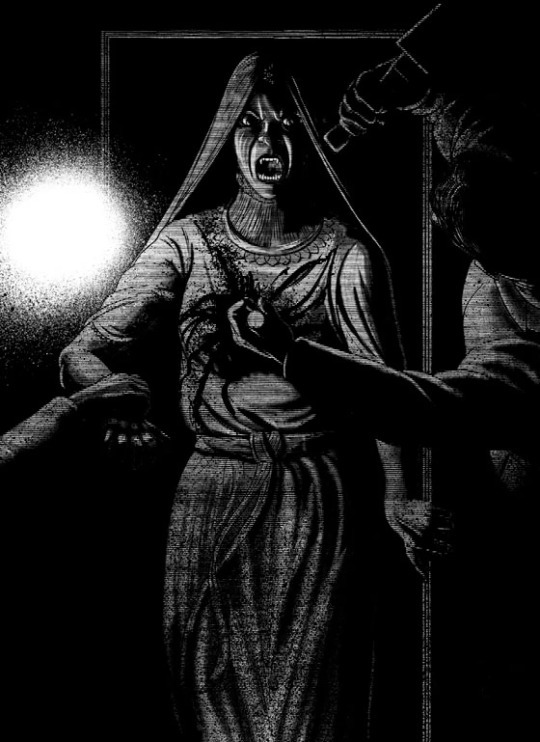
Pitting his research-wise well founded mythical Count and his ancient evil that bears strong resemblances to the feared syphilis as well as despicable moral liberties against the forces of the modern age, trains, the telegraph, typewriters, repeating rifles and established processes and organised teamwork, based on thorough research. Published in 1897, “Dracula” became an instant success and the standard followed to this day, even if Stoker and “Dracula” act only as powers behind the throne of “Urban Fantasy”.

All artwork above is by John Coulthart from his 2018 take on "Dracula" and nicked from his blog linked below
#unhallowedarts#dark art#dark literature#dark academia#gothicliterature#gothic art#victorian gothic#gothic aesthetic#bram stoker#bram stocker's dracula#dracula novel#vampire art
59 notes
·
View notes
Text

Born in Dublin on November 8, 1847, Abraham(Bram)Stoker, was an Irish author; perhaps best remembered for his Gothic horror novel, “Dracula”.
Bram was educated at Bective House School, and later Trinity College, Dublin, where he graduated with a BA in 1870, adding his MA in 1875.
In 1878, he married Florence Balcombe, daughter of Lieutenant-Colonel James Balcombe. She was a celebrated beauty whose former suitor had been Oscar Wilde. Stoker and Wilde had known each other from their student days; Stoker having proposed Oscar for membership of the university's Philosophical Society. Wilde was said to have been upset at Florence's decision, though Bram later resumed the acquaintanceship and visited Oscar on the Continent after his fall.
In his early years, Bram Stoker worked as a theatre critic for the Dublin Evening Mail, and wrote stories as well as commentaries. He also enjoyed travelling, particularly to Cruden Bay, in Scotland, where he set two of his novels. During his lifetime though, he was perhaps better known as the personal assistant of actor Sir Henry Irving, also as business manager of the Lyceum Theatre; which Irving owned.
During another of Stoker's travels, this time to the English coastal town of Whitby, in 1890, he's said to have found inspiration for writing Dracula; though it's also suggested he hadn't actually started drawing up his notes for the work until 1895, when he'd been staying at the Kilmarnock Arms Hotel, in Scotland. The guest book with his signatures from 1894 and 1895 still survives; a distinctive room in nearby Slains Castle, thought likely to have been the inspiration for the octagonal room in Castle Dracula.
The novel has no single protagonist, but opens with solicitor, Jonathan Harker, taking a business trip to stay at the castle of a Transylvanian nobleman, Count Dracula. Harker escapes the castle after discovering that Dracula is a vampire, whereafter the Count moves to England and plagues the seaside town of Whitby.
After suffering a number of strokes, Bram Stoker died at No. 26 St George's Square, London on April 20, 1912. His ashes were placed in a display urn at Golders Green Crematorium in north London; the ashes of Irving Noel Stoker, the author's son, were added to his father's urn following his death in 1961.
Trivia: Dracula was published in London in May 1897, by Archibald Constable and Company. It cost 6 shillings, and was bound in yellow cloth and titled in red letters; its appearance, said to look "shabby", perhaps suggesting the title had been changed at a late stage (contracts typically being signed at least 6 months ahead of publication, though Dracula' was unusually signed only 6 days prior to publication)
9 notes
·
View notes
Text
I’ve been reading through Stoker’s working notes for Dracula for a project and I haven’t 100% finished yet (I’ve only gotten through his handwritten plot notes) but here are a few interesting things I’ve read so far:
- Dracula’s castle was originally in Styria rather than Transylvania, which makes me think Stoker was inspired by Carmilla.
-In Stoker’s original vampire rules, he states that “painters cannot paint him—their likenesses always like some one else” and that “could not photograph—come out like corpse or black”- rules which never show up in the book! He had considered adding a painter character called Francis Aytown so perhaps these rules would have been included through the Count’s interactions with this character???
-Mina and Lucy originally had an old schoolfellow called Kate Reed! I kind of wish she was still included because I would’ve loved for Mina and Lucy to have a girl squad. I’m tempted to do my own design for her (I’d probably make her a painter or photographer then??)
- Quincey was originally called BRUTUS M MARIX????
- Originally, Dr Seward was Lucy’s fiancé. Arthur was a much later addition to the novel.
-The train times in the novel are actually accurate- Stoker made extensive notes on train schedules which is so Mina Harker “train fiend” core of him.
-The original title for the novel was “The Un-dead”
-In the excised second chapter of the novel, Jonathan Harker encounters a female vampire in Munich called Countess Dolingen (who is suspiciously similar to Carmilla- she’s a Countess from Styria, whose body is interned in an abandoned village). He’s saved from her by a wolf who is presumably either Dracula or a wolf sent by Dracula to keep Jonathan safe (for now). The chapter was later published posthumously as a short story in 1914 under the title ‘Dracula’s Guest’ by Stoker’s widow, Florence Anne Lemon Balcombe (yes I’m including her full name because Lemon is such an adorable middle name). The story is actually great, I’d seriously recommend checking it out. Though, despite the notes making it clear the narrator is supposed to be Jonathan Harker, he feels like a different character.
-A few days after this event, Jonathan goes to see the Flying Dutchman at the opera ??? Idk Jonathan’s adventures in Munich could be a book unto themself lol
-Another excised event from Munich is Jonathan visiting the “Munich Dead House” and seeing a dead man whose face he later sees on the Count ??? In the facsimile I’m reading, Eighteen-Bisang and Miller explain this with an excerpt from The Atlantic Monthly from 1877: “There is a curious burial custom at Munich. The law requires that every man, woman, and child who dies within city limits shall lie in state for three days in the Leichenhaus (dead house) of the Gottesacker, the southern cemetery, outside the Sendling Gate. This is to prevent any chance of premature burial, an instance of which many years ago gave rise to the present provision.“ If a person had in fact been sent there who was still alive, there was a bell attached to a string they could pull.
-The three female vamps in Dracula’s castle were originally killed by being OBLITERATED BY LIGHTNING
-The last chapter was potentially going to include a werewolf- “a Tourist’s Tale—one killed by wolf (wehr?)”
Source: Bram Stoker’s Notes for Dracula: A Facsimile Edition, Annotated and Transcribed by Robert Eighteen-Bisang and Elizabeth Miller
#I typed this all up and then tumblr made the note disappear for some reason so I had to retype it oof#anyway I hope ppl find this as interesting as I did!!#dracula#dracula's guest#long post#text post
29 notes
·
View notes
Text
Bram Stoker (1847-1912)



Irish writer and theatre critic
magnum opus: "Dracula"
wrote mainly within the horror genre: "Dracula", "The Lady of the Shroud", "The Lair of the White Worm"
as a huge lover of theatre, he worked as the personal assistant of actor Sir Henry Irving and business manager of the West End's Lyceum Theatre
he had a relationship of questionable nature with fellow Irish writer Oscar Wilde, the two of them being friends (and speculated lovers); Stoker married Florence Balcombe, who was previously romatically involved with Wilde, but their friendship was not affected by this
"Dracula" has been translated in about 30 languages and adapted as films, plays, TV series, musicals, opera, ballet and music; the character Dracula appears in more than 200 films
-
“Do you not think that there are things which you cannot understand, and yet which are; that some people see things that others cannot? But there are things old and new which must not be contemplate by men´s eyes, because they know -or think they know- some things which other men have told them. Ah, it is the fault of our science that it wants to explain all; and if it explain not, then it says there is nothing to explain.”
("Dracula", Bram Stoker, 1897)
_
#bram stoker#stoker#dracula#horror novel#classic literature#lgbtq#gay#queer#queer literature#writers#literature#classic writers#he definitely fucked wilde#theatre#oscar wilde#short story writers#novel writer#horror#horror writer#jonathan harker#count dracula#van helsing#mina murray harker#gothic#gothic literature#gothic novels#gothic lit#wilde
7 notes
·
View notes